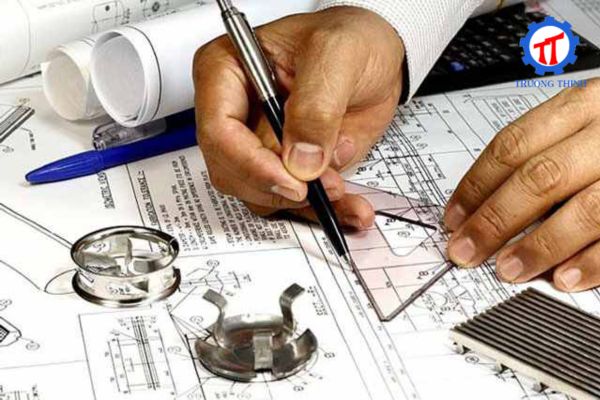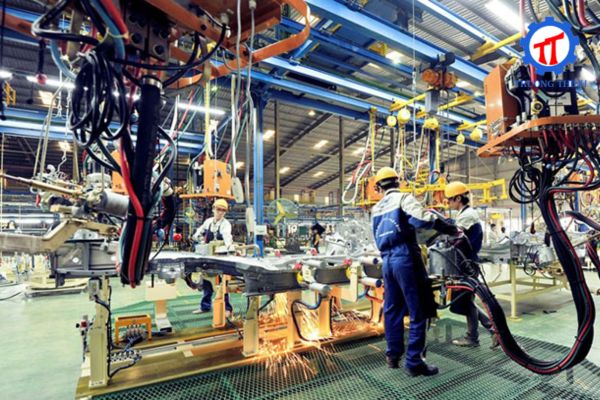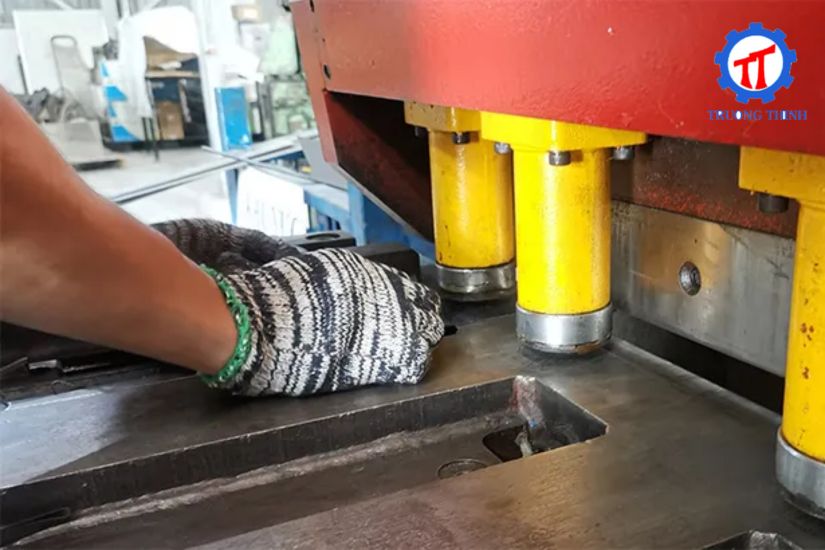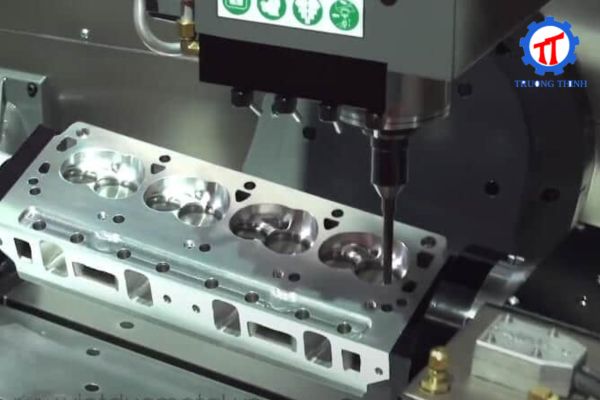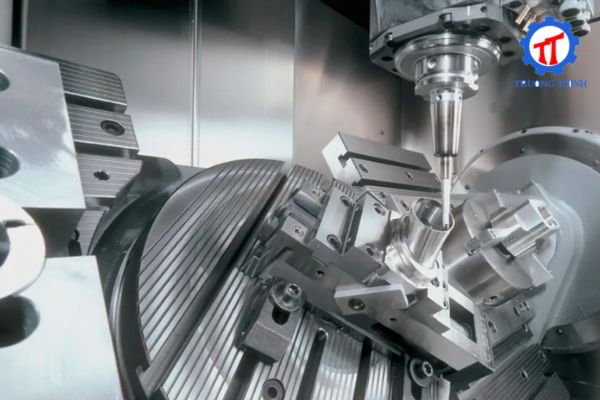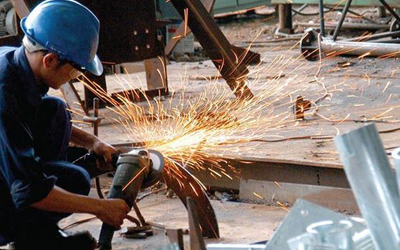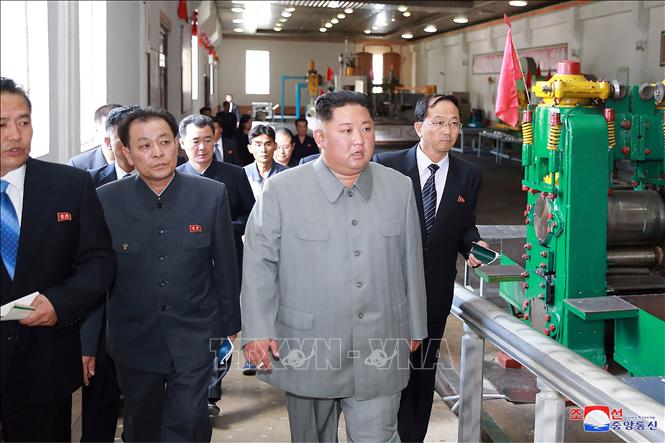Most Common Metal Machining Methods
Metal machining is a key term in the manufacturing and machining industry. By employing various machining methods, metals are shaped according to the technical drawings' specifications. Below, Smart Vietnam engineers will provide an overview of both traditional and modern metal machining methods.
.jpg)
What Are Metal Machining Methods?
Metal machining methods involve processes that alter the shape and size of metal to create mechanical components with high precision, adhering to technical requirements. These methods are executed using specialized tools, machinery, and equipment, facilitating tasks such as cutting, bending, turning, milling, welding, or other machining operations.
The methods are generally categorized into two main types: cutting and non-cutting. Traditional machining methods, like turning and milling, fall under cutting processes, while modern techniques, such as CNC machining, laser cutting, and water jet machining, are included in non-cutting methods. The choice of method depends on material type, precision requirements, production costs, and the final application of the product. These processes play a crucial role in various industries and manufacturing sectors.
Popular Metal Machining Methods
.jpg)
To boost productivity, efficiency, and minimize labor, many factories and workshops have adopted advanced metal machining methods using modern machinery. Popular methods include:
-
Mechanical Methods: These include abrasive jet machining, abrasive flow machining, water jet machining, and ultrasonic machining. These techniques use mechanical forces to cut, grind, or shape metals as required.
-
Electrochemical Methods: This includes electrochemical machining, electrochemical grinding, and electrochemical drilling using electrolyte solutions. These methods utilize electrochemical processes to modify the metal surface or remove unwanted material.
-
Chemical Methods: This involves photochemical machining and chemical milling, where chemical reactions are used to shape or clean metal surfaces.
-
Thermoelectric Methods: Such as electrical discharge machining, wire EDM, or laser cutting. These techniques use high thermal energy or lasers to cut and shape metals with high precision.
Advantages of Metal Machining Methods
.jpg)
Modern metal machining methods offer several significant advantages over traditional techniques:
-
Quality and Machining Characteristics: The quality and characteristics of machining are primarily dependent on temperature parameters rather than the material’s physical properties.
-
Precision and Complexity: Modern techniques enable the machining of small, complex components with high precision that traditional methods often struggle to achieve.
-
Tooling Requirements: These methods do not require tools harder than the workpiece material, reducing costs and enhancing efficiency.
-
Simplicity and Automation: Machining processes are straightforward and easily automated, optimizing production and reducing human intervention.
-
Material Efficiency: These methods minimize waste and improve material utilization, enhancing economic efficiency.
Conclusion
Modern metal machining methods offer numerous benefits, from improving product quality to conserving materials. These advancements help optimize production processes, meet increasingly stringent technical requirements, and enhance overall work efficiency in the manufacturing sector.
Contact Information for Cơ Khí Trường Thịnh:
-
Hotline: Mr. Hưng: 0936.988.978 - Mrs. Tâm: 0904488455 - 0225.627.79.97
-
Production Facility: Zone C, No. 57 km5, Lâm Sản, P. Sở Dầu, Q. Hồng Bàng
-
Website: http://cokhiphutrotruongthinh.com




